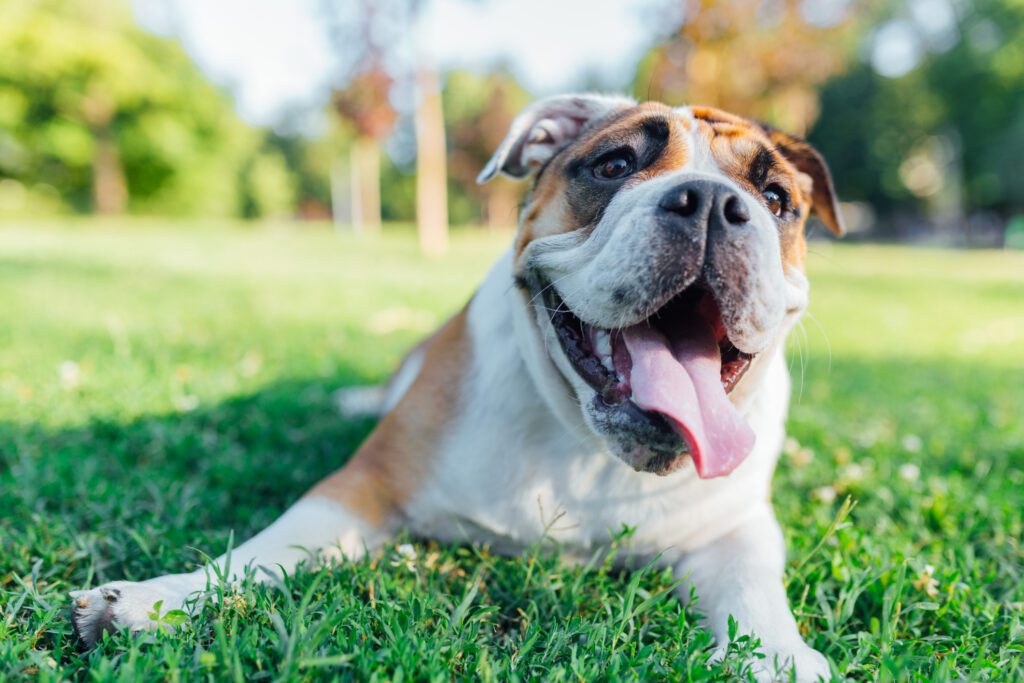5 Signs of Heatstroke in Dogs in Ruston, LA
As the temperature rises, so does the risk of heatstroke in dogs. Unfortunately, not all pet parents are aware of the tell-tale signs of this life-threatening condition. In this article, we will explore the typical symptoms of heat stroke in dogs that pet owners should be aware of in Ruston, LA.

Signs
Early heatstroke detection can be the difference between life and death for your furry companion. It’s important to know what to look for to administer life-saving aid in time. Below are the key signs to look for if you suspect your canine is experiencing a heat-related emergency.
Heavy Panting
A canine who is panting heavily in a hot environment is attempting to regulate their body temperature. This is an early warning sign of heatstroke and should be taken seriously. Dogs pant as a natural way of cooling off–but heavy panting may indicate that they cannot keep up with the heat.
Excessive Drooling
Drooling excessively is another early symptom of heatstroke. It is a physiological response to extreme heat and an attempt to cool down via saliva evaporation. This symptom is usually accompanied by heavy panting.
Abnormal Gum Color
When a dog’s body is overheating, a process called vasodilation may occur. This process involves the dilation of blood vessels as the body attempts to cool off. This causes the gums to look abnormal.
While healthy canine gums are pink, a dog experiencing heatstroke may have red gums. Sometimes, the gums become bright pink, pale, or even blue. Pale and blue-colored gums can mean that your dog is experiencing a lack of adequate oxygen circulation. Dogs with changes to their gum color who are experiencing other symptoms of heatstroke require immediate medical attention.
Lethargy
A dog experiencing worsening heatstroke may have trouble walking or maintaining their balance. They could appear lethargic and tired. Their lethargy can be caused by several factors, including dehydration, organ dysfunction and poor blood circulation. A lethargic dog who is exhibiting other signs of heatstroke will need emergency medical intervention.
Involuntary Bodily Functions
As heatstroke progresses, it can cause involuntary bodily functions such as vomiting, urination, or defecation. While these signs are not exclusive to heatstroke, they can indicate a worsening heat condition when accompanied by other symptoms.
What To Do if My Dog Has Heatstroke?
If you notice these symptoms in your dog on a hot day, or if they’ve been in a confined space (i.e., inside of a parked car or stuffy room), follow the steps below to get them the help they need.
Spot the Signs
Recognize the signs of heatstroke. Taking their symptoms seriously can help save your dog’s life.
Relocate Them
Gently move your canine to a cool, shaded area.
Apply Cool Water
Use a sponge, clean cloth, or your hand to apply cool water to their belly and paw pads. Ensure the water is not too cold to avoid shocking their body, as this can reduce blood circulation instead of increasing it.
Offer Fresh Drinking Water
When a dog is experiencing heatstroke, they may want to drink water, or they may be too exhausted to do so. Offer them cool, fresh water without forcing them to drink it.
Call Your Vet
Contact your veterinarian or nearest emergency animal hospital. Pass along your observations regarding your dog’s condition.
Follow Instructions
Your vet may have instructions that are unique to your situation. It is good practice to follow their guidance as you make your way to the clinic.
Take Your Dog to the Clinic
While utilizing the advice given by your vet or the staff, gently transport your canine to the veterinary clinic. Continue to handle your canine with care and avoid speeding. This will ensure you and your dog get to the clinic safely.
Use Positive Reinforcement
Throughout the process, let your furry companion know that they are doing great with words of affirmation such as, “Good boy” and “Everything is going to be okay.” Always use a comforting and relaxing tone to help soothe them.
Tailor these steps to fit your unique circumstances and never delay seeking in-person medical intervention for your dog. Since the best medicine is prevention, avoid leaving your canine inside of a car by themselves on a warm or hot day. Remember that the temperature can rise quickly in a parked car, which can lead to a deadly outcome.
Seek Veterinary Care Right Away if Your Dog Has Heatstroke
If you suspect your dog is experiencing heatstroke, take fast action. Your preparedness and quick thinking may help them survive. By knowing the common signs of heatstroke in dogs, you can ensure your furry companion stays out of harm’s way and gets rapid treatment when needed. For more information, or if your dog needs to see a veterinarian, contact Lagniappe Animal Health in Ruston, LA by calling (318) 255-3303.

